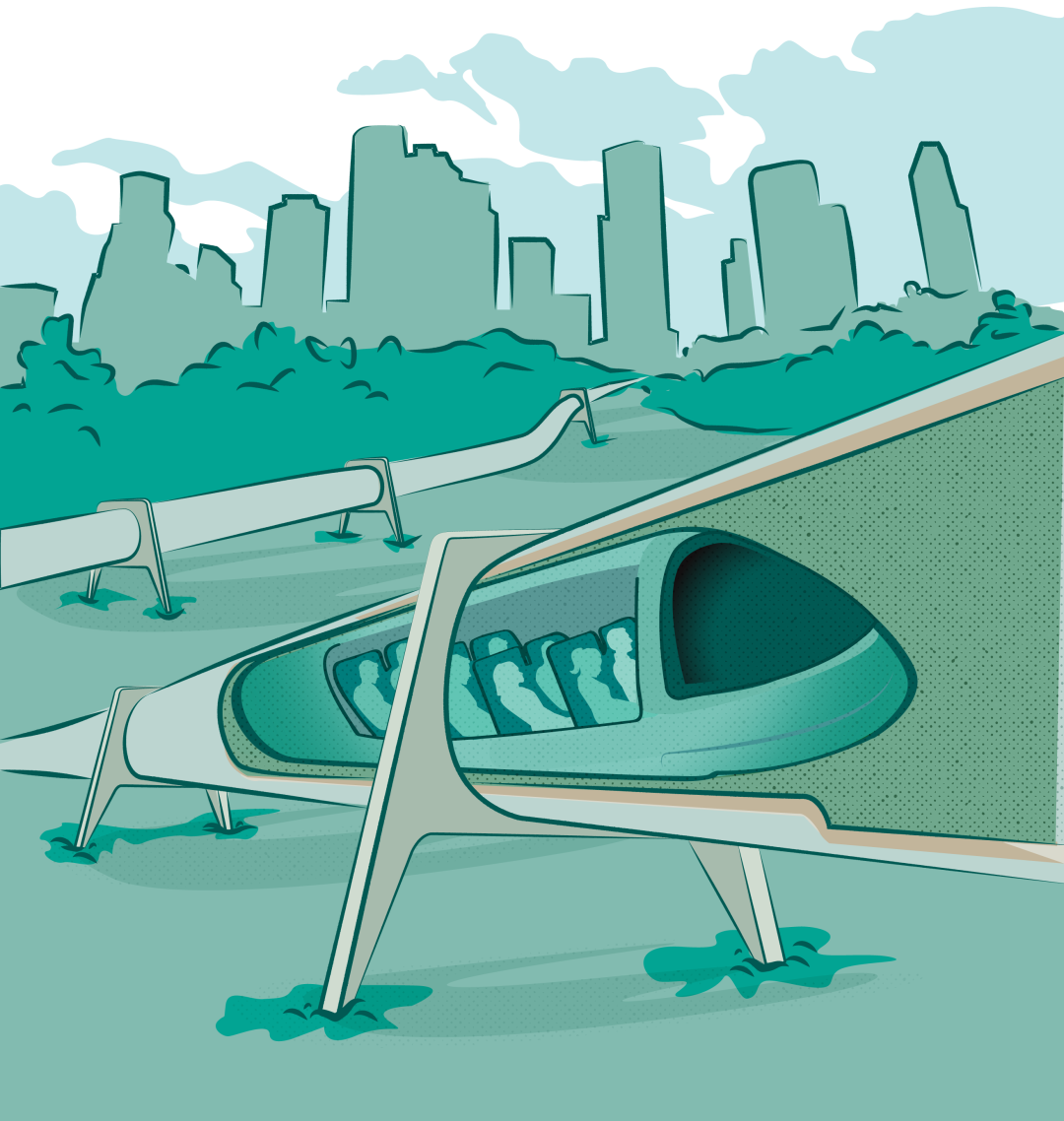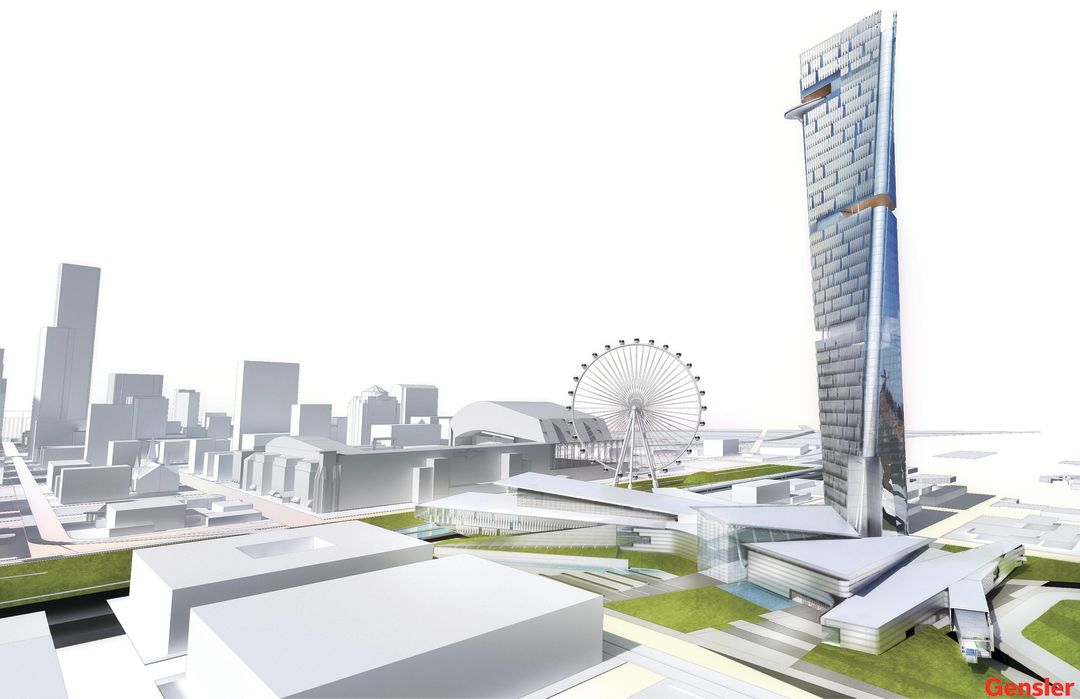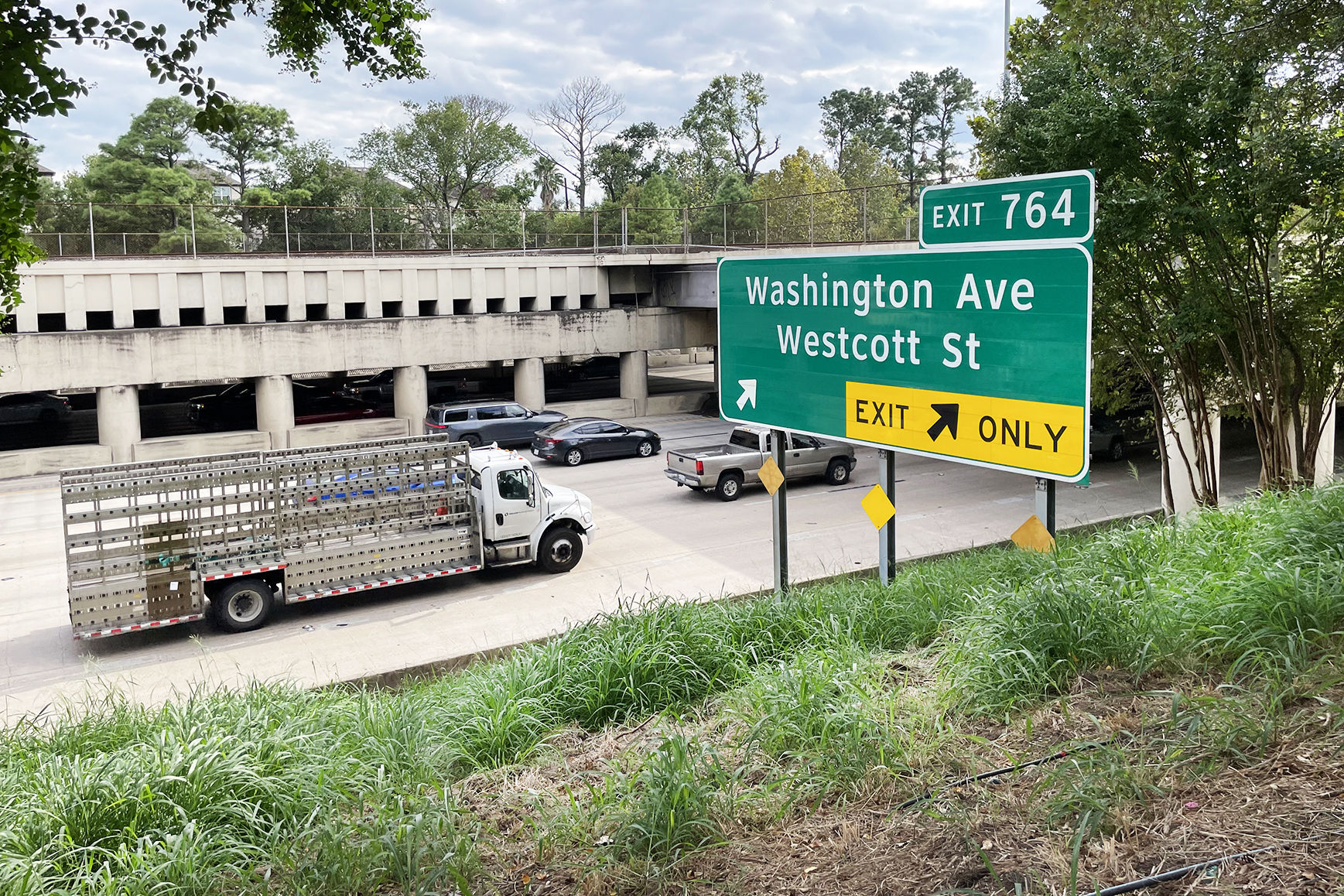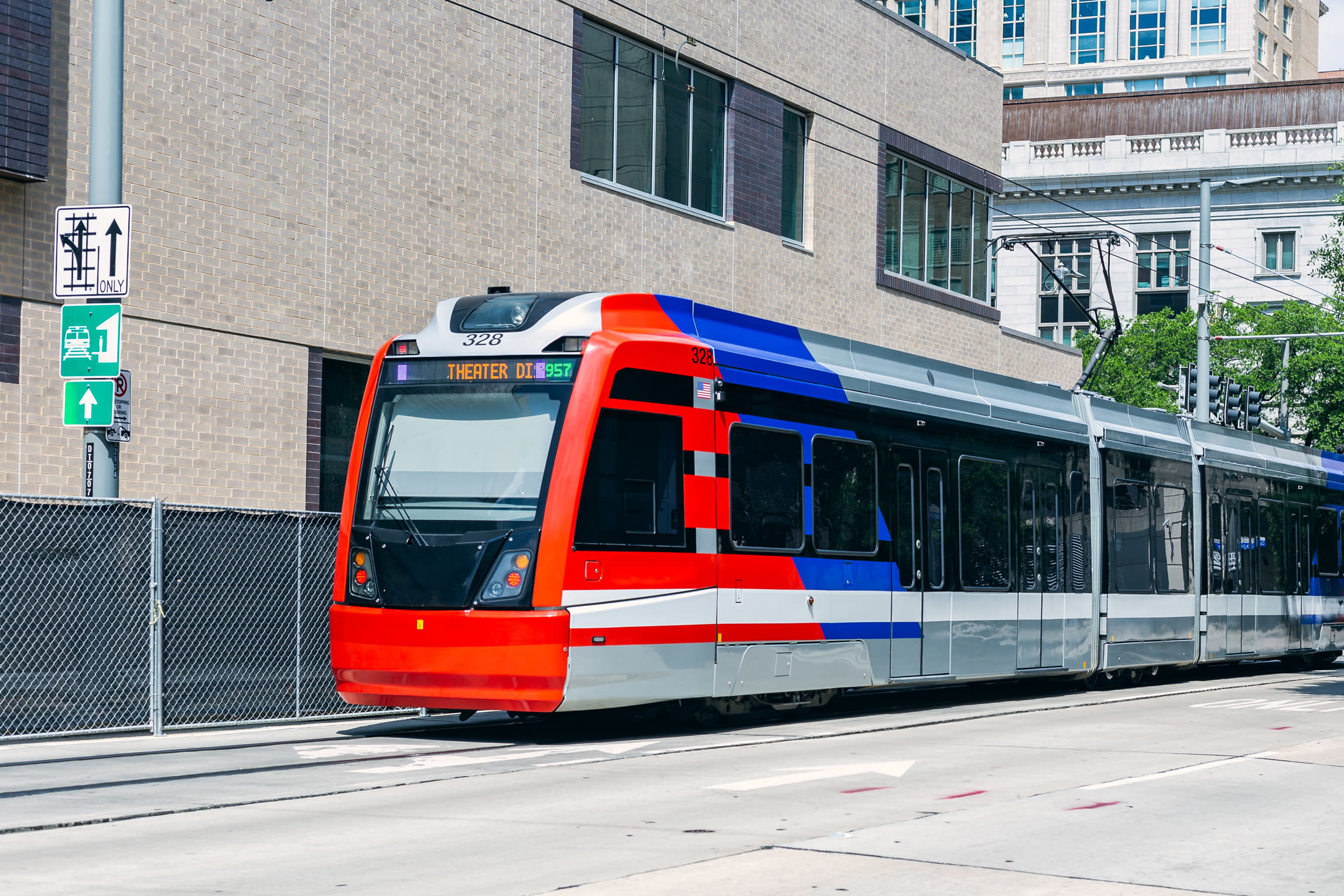Elon Musk's Latest Project Could Come to Houston

Image: Amy Kinkead
Houston, as we all know, is a car-centric city. But in the coming years—possibly even by 2021—we could be entering a new era. Imagine walking into a sleek downtown station and tucking yourself into a pod that would shoot you through complex sets of large vacuum tubes and, lightning-fast, deliver you to another part of the state. Having a hard time picturing this scenario? Think of the pod as one of those cylindrical containers that the teller shoots to you at the bank drive-thru. Now, think of yourself as the cash inside said container. That’s more or less the idea.
This new transportation concept is called the hyperloop, and it’s the brainchild of Elon Musk, the Tesla and SpaceX founder who’s known for his just-this-side-of-science-fiction schemes and innovations. In 2013, wanting to share the hyperloop with the world, Musk put out a white paper outlining the idea, which he himself was too busy to pursue.
The basic concept behind hyperloop—a massive system of depressurized, above-ground tunnels through which pods carrying people or cargo would shoot, at speeds of up to 700 miles per hour—really does draw on the same pneumatic-dispatch system used by banks, which was invented in the 1850s. Still, when Musk presented his proposal for what he called “a cross between a Concorde, a railgun, and an air hockey table,” people in the tech and engineering worlds went crazy for it. Soon, multiple start-up companies were busy trying to turn it into a reality.
Hyperloop One, a Los Angeles company that is independent of Musk, has made the most progress, according to transportation experts. In 2016, it ran a worldwide competition, selecting pitches from around the world for locations of potential hyperloop lines. A group called Hyperloop Texas, a partnership between L.A.-based engineering firm AECOM working with various Texas agencies, proposed what they call the Texas Triangle, which would connect Houston, Austin, San Antonio, and Dallas, and run a cargo line to Laredo, one of the largest inland ports in the country.
The Texas Triangle has been named one of 10 finalists for Hyperloop One’s first project, which, according to the company, will be constructed in 2021. And if it’s ever actually built, we’ll be able to get to Austin in 29 minutes and Dallas in 46, ignoring traffic stops.

One day, we could shoot from downtown Houston to Austin in 20 minutes.
Image: Gensler
UH transportation professor Maria Burns thinks a hyperloop line could be the answer to Houston’s transportation woes. The population here keeps growing, but, as Burns points out, we haven’t seen a major infrastructure project since the freeway system was built in the 1950s. “Expanding the highways isn’t enough,” she says. “It doesn’t work. We need another alternative, and hyperloop will be new and cutting-edge. It would be a smart way to build on what we have.”
Steven Duong, head of Hyperloop Texas who also works as an urban designer at AECOM in Dallas, says pitching the Texas Triangle just made sense. For one thing, the Lone Star State is a vast expanse of fairly flat, commercially undeveloped land, much of it still devoted to farming and ranching, that is home to a number of “super commuters”—people who drive at least 180 miles, or 90-plus minutes, to get to work. Hyperloop is betting that this population, which is expected to continue to grow, would be eager to try a different form of transportation.
Of course, the project would face the same issues acquiring land as the proposed Texas Bullet Train. And safety is another concern. Former Cornell chemistry professor Phil Mason took the hyperloop concept apart in a YouTube video last July, asserting that if any small thing goes wrong—if an angle of the construction is a single iota off, or a tiny hole is punched in one of the tubes—then the entire contraption would explode, destroying every pod running at the time. Demonstrating this potential for catastrophe using small-scale models, Mason described Musk’s hyperloop as having “all the problems of space travel while traveling in a gun barrel at the speed of sound.” He dismissed the idea as the product of a snake-oil salesman.
Still, progress has been made. Back in August 2013, Alon Levy, a transportation-researcher-turned-blogger currently living in France, picked apart Musk’s white paper in a viral blog post that called out Musk as a “huckster” who did not have the science to back up his big idea. Today, however, Levy acknowledges Hyperloop One’s tremendous strides. “Musk runs from idea to idea, and you don’t know how serious he is,” he says. “But the people who have taken up his ideas are serious, and they’ve done a lot already.”
In May 2016, Hyperloop One ran a prototype on a test track in Nevada. That time, their 1,500-pound hunk of metal smashed into a sand pile. In July 2017, however, it got up to 192 miles per hour before gliding to a stop at the end of a 500-meter track. While there’s still a long way to go, Levy admits he’s been impressed with the company’s rapid progress.
Meanwhile, plans to build the Texas Triangle are already moving ahead. A team of architects at Gensler Houston's office has even designed a station for a site that is currently a pitted parking lot across U.S. 59 from Minute Maid Park. It will not have parking, architect Jordan Gomez explains, because the expectation is that everyone will use light rail and automatic vehicles by the time it’s built.
Duong admits he’s not expecting to see a line in Houston—or anywhere else in the United States, for that matter—in the near future, citing stringent federal regulations. Instead, he believes Hyperloop One will build in India or China first. But he’s certain that Texas will have a hyperloop by the 2020s or 2030s, and he’s already meeting with officials in Houston, Austin, Dallas, San Antonio, and Laredo to lay the groundwork. “We know hyperloop is coming to us, and we want people to really understand what it will mean,” Duong says. “We don’t know when it will happen, but we want to make sure everyone is ready.”




